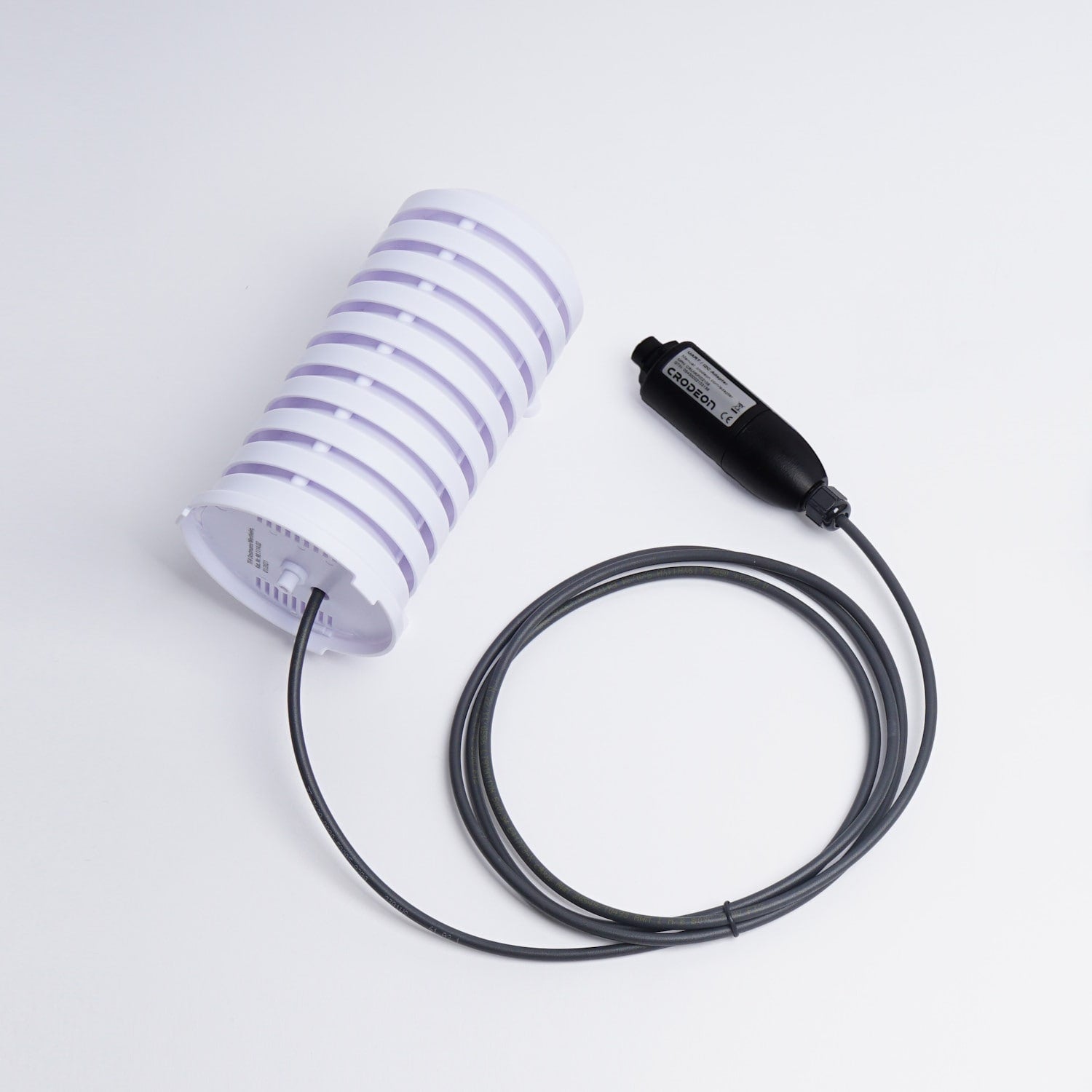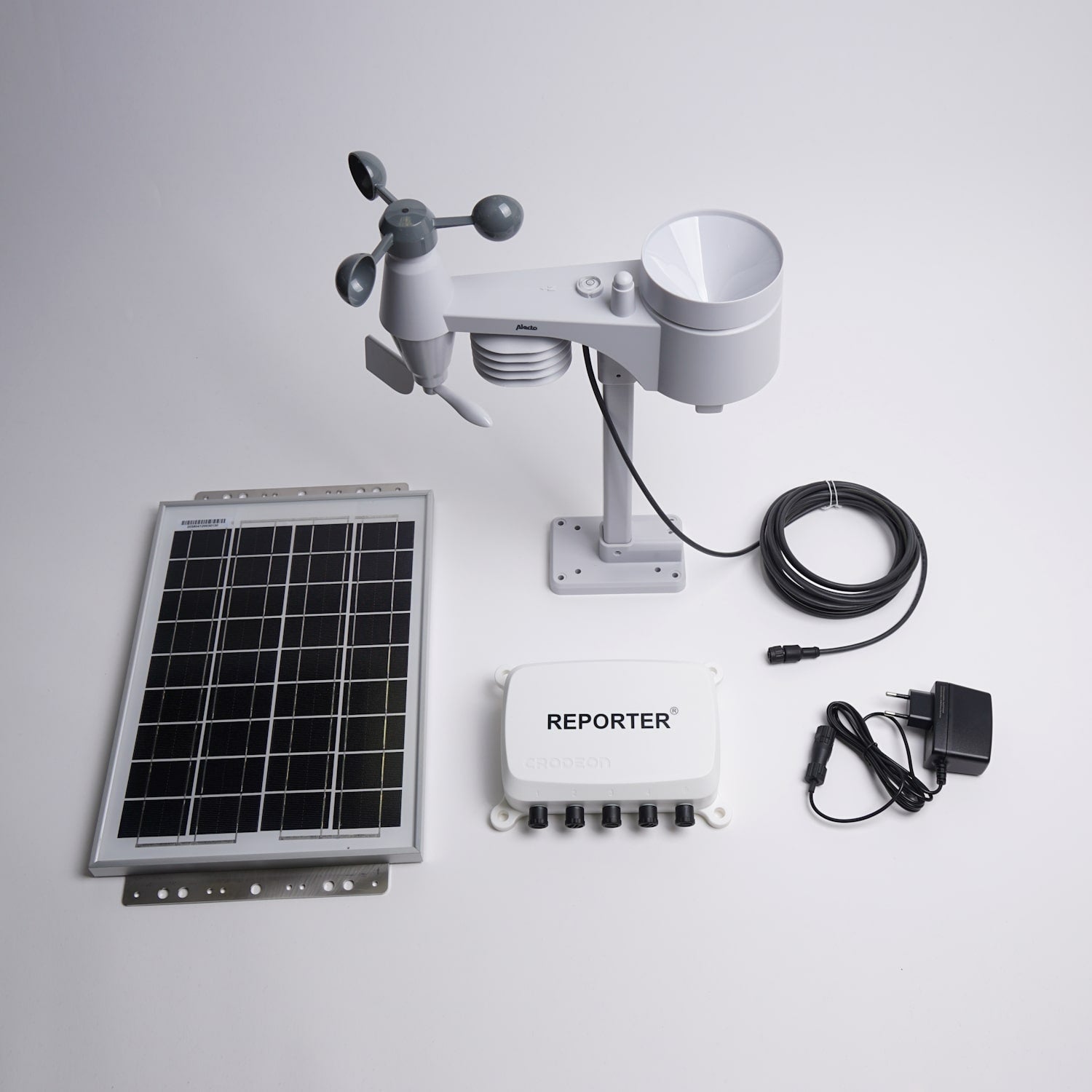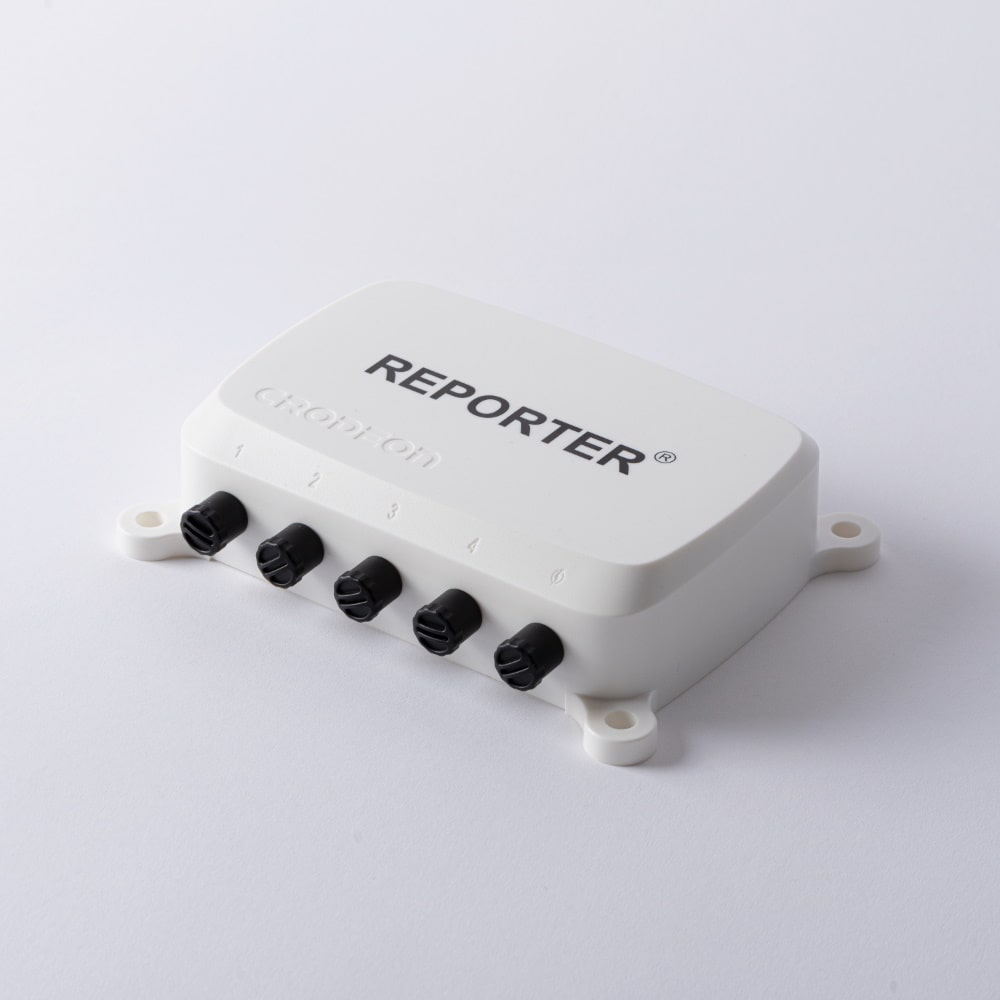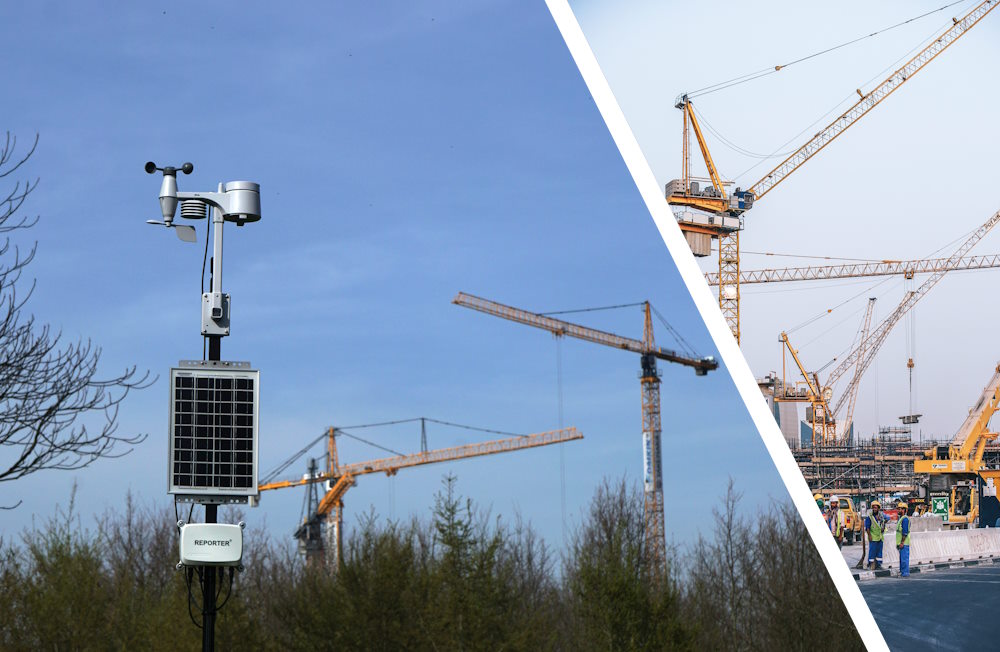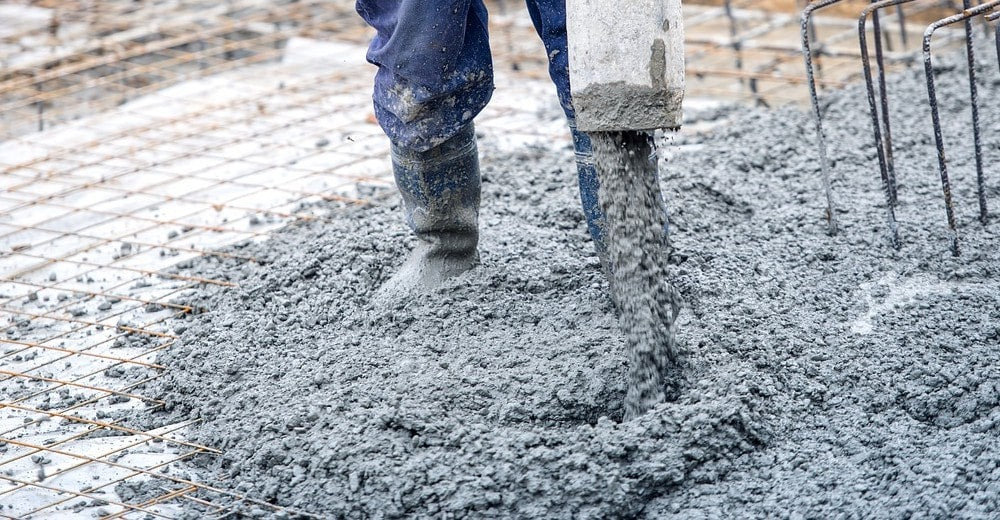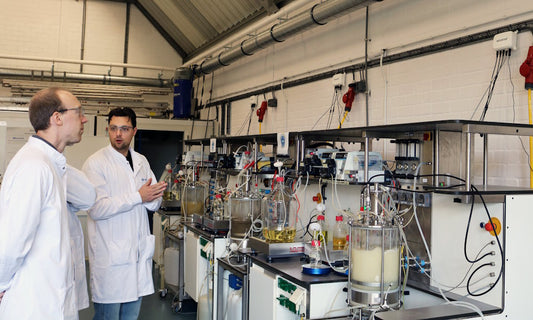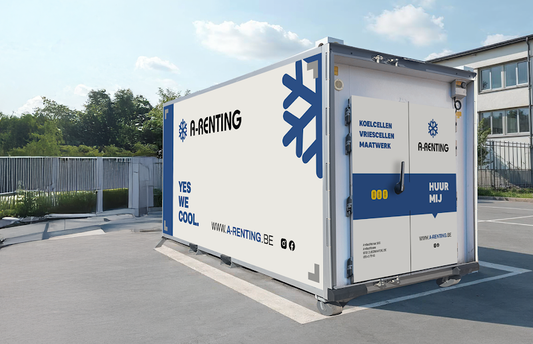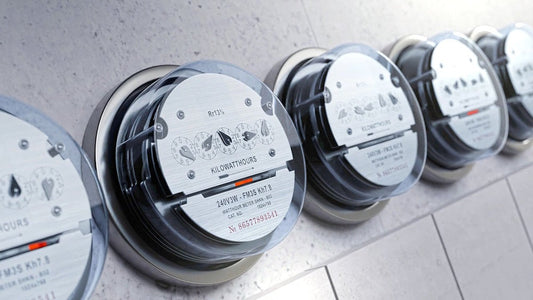Measuring dew point temperature and relative humidity for glue at construction sites
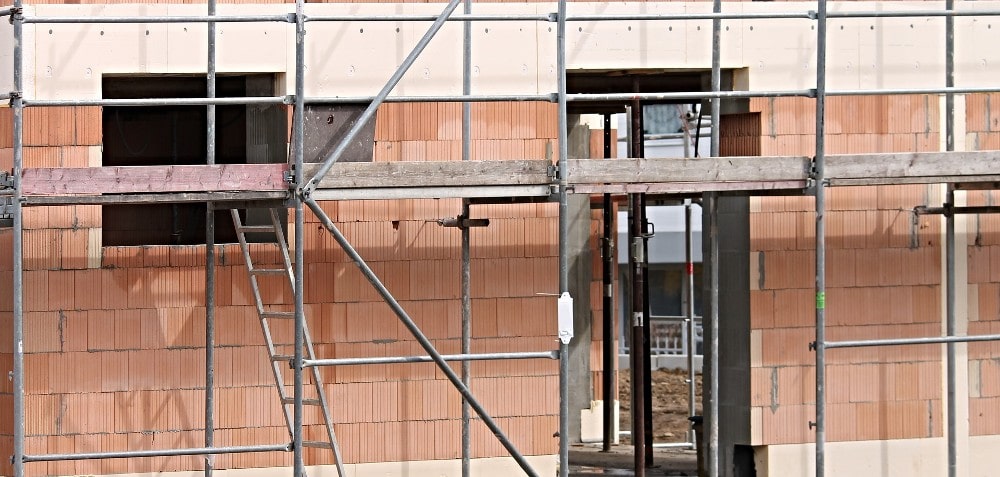
A construction firm recently contacted us with the following question regarding temperature, relative humidity (RH) and dew point temperature.
For the installation of our facade systems we need to know whether the temperature of the wall we're working on is between 5°C and 30°C.
We also need to know whether the RH of the wall is below 90% and the temperature at least 3°C above the dew point temperature. These are product guidelines of the Innotec glue that we use. We need to follow these guidelines very strictly.
We want to receive a temperature reading every two hours and alarm notifications if something goes wrong. Would Reporter be able to help us by measuring and monitoring these parameters?
The answer is yes, but first we will explain why measuring dew point, temperature and relative humidity is crucial when glueing at a construction site.
How do temperature and humidity affect glue adherence?
We contacted Innotec, an industrial glue producer to ask why exactly it is crucial to follow these glue guidelines about temperature, relative humidity and dew point.

Glue temperature
Many kinds of glue can only be used within a certain temperature range. We'll use the Innotec facade system glue as an example.
Too cold
When the glue is used on a surface beneath 5°C, it cannot adhere correctly. The glue is too cold and cannot cure as it is supposed to. This happens because certain chemical bonds need a certain temperature to form. When that temperature is not reached, the glue cannot cure, or harden as fast as it's supposed to. As a result, your facade panels will not stay in place.
The minimum temperature of 5°C is important for all products involved in the glueing process: the wall or frame that is being glued on, the glue itself, and the panels that are being mounted.
Not only the glue is unable to perform as it should. Other products, like cleaning products, primers or tapes too, will not work as intended. For the same reason: chemical reactions happen at a slower rate. This mostly affects drying times and how ‘sticky’ tapes stay.
Too warm
Temperatures above 30°C on the other hand, cause another kind of problem: chemical reactions will happen faster than intended. The glue will start to cure more quickly than the technical information describes. Not only the glue but also the other materials involved will react differently than they're supposed to.
The cleaning product will evaporate before it had the chance to properly loosen up any dirt. It will also already be dried up before the construction worker had the chance to wipe it off (dirt included).
Primers will also react too fast. They cannot prepare the substrate as intended which later on affects how well the glue will adhere.

Not only ambient temperature causes problems. Think about an aluminium framework that has been sitting in the sun the entire day (50-60°C). Measuring is therefore not only necessary for the ambient temperature but also for the temperature of the materials themselves: the wall or framework, the glue, and the facade panels.
Glue & relative humidity
Materials dry out through evaporation. But drying out is not always the same as curing. Curing is the process in which a material changes in texture due to chemical reactions. The facade glue that we're discussing is an MS polymer. During the curing process of this glue, compounds within the material react with water (mostly ambient moisture).
Air can only absorb so much water vapour, the exact quantity can change depending on multiple parameters. The most important one in our case is temperature. The hotter the air, the more water it can hold (relative humidity/RH). RH is the percentage of water vapour present in the air, compared to the maximum amount of water vapour that temperature air can hold.
As expected, high humidity means lots of water molecules and thus: a fast chemical reaction within the MS polymer glue. Especially when the glue is (in)directly being subjected to high temperatures. High humidity can therefore significantly speed up the curing time of the glue. This also means that the outer layer of the glue you just applied is already (partly) cured before you managed to apply your facade panel to the wall…
The facade glue can only harden properly when the relative humidity is lower than 80-90%. Otherwise, it will cure prematurely.

Glue & dew point
The glue can only adhere to the facade panel and the underground if their temperature is at least 3°C above the dew point temperature.
Why? Once you cool down 100% saturated air, the water will start to form droplets: the temperature at which this happens is called dew point. Materials that have a temperature that is lower than the dew point will fog up or be covered with a thin water film. It is this film of dew that prevents the glue from joining the facade panel to the wall or framework.
Other glue producers, like Pro Part or Bostik, tell the same story about temperature. Don't use glue for facade systems when it's colder than 5°C, or warmer than 30°C. Bostik however also explains in detail why dew point measurements are crucial for industrial glue.
“When the dew point is reached, there may be a film of water (dew) on the framework and on the facade panel, which may adversely affect proper adhesion of the primer and/or adhesive.”
In what situations would relative humidity exceed 80%?
In our low countries, we don't often experience hot days with high humidity, but other regions with hot & humid climates, don't know any better. Take Southeast Asia for example where RH of 70-90% is nothing special. In more moderate climates a high relative humidity mostly occurs at very cold temperatures. Think about morning dew and mist.
High humidity and dew point in construction are also seasonal ‘problems’. In winter and autumn, the relative humidity is generally higher than during spring and summer.
The essentials
Would Reporter be able to measure and monitor temperature, RH and dew point temperature? Yes, and more! Whether it's ambient weather conditions at a construction site or the precise temperature of a wall or framework, Reporter is here to help you out.
Reporter is compatible with a wide array of sensors that help you measure everything related to temperature and humidity. It works plug & play which means that after you've connected the RH sensor to the connector and placed Reporter in your desired spot, your work is done. There's no need for programming or connecting loose wires. The process is simple, intuitive and done before you know it.
Once set up, Reporter starts streaming its data to the cloud platform called the Crodeon Dashboard. Here you're able to view your data 24/7, set your measuring interval and set alarm notifications for when one of your measured parameters (like dew point temperature) exceeds a certain limit. You're also able to view historical data about the measurements at your construction site, which you can download and export to Excel.

Questions?
Don't hesitate to ask us a question about your project, we're happy to help you out. Fill out the contact form to the right or below and we'll be in touch with you shortly!
Special thanks to Innotec!

